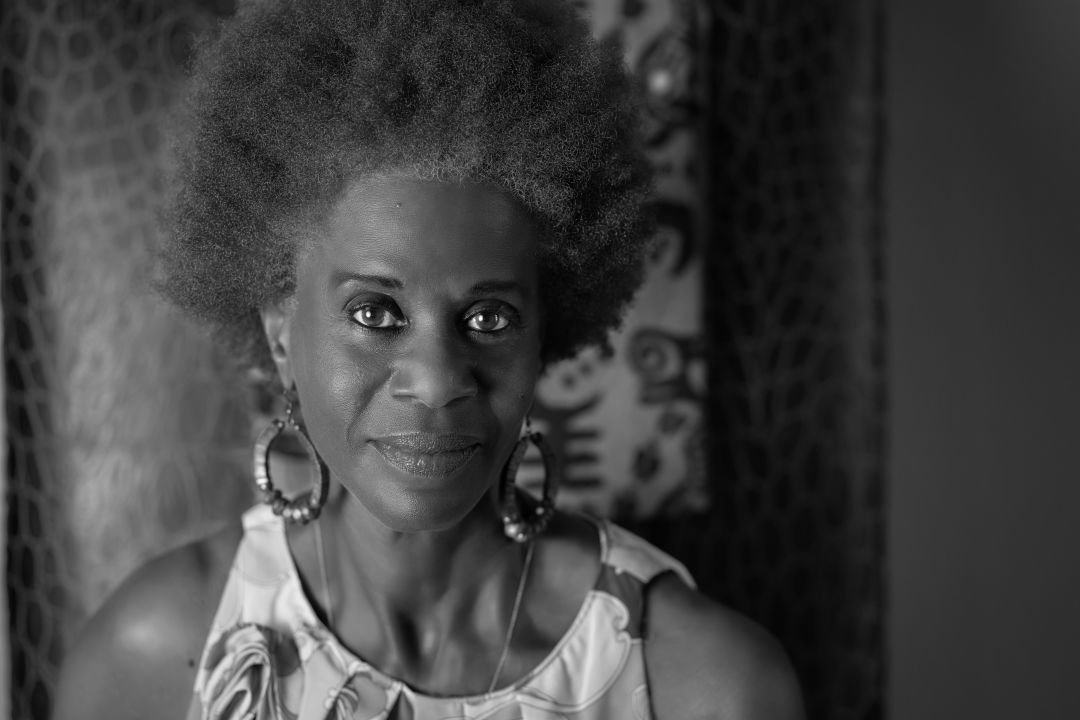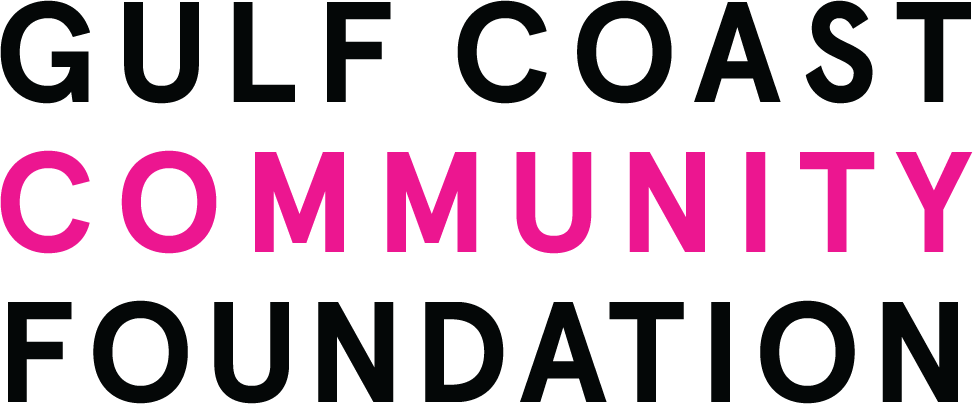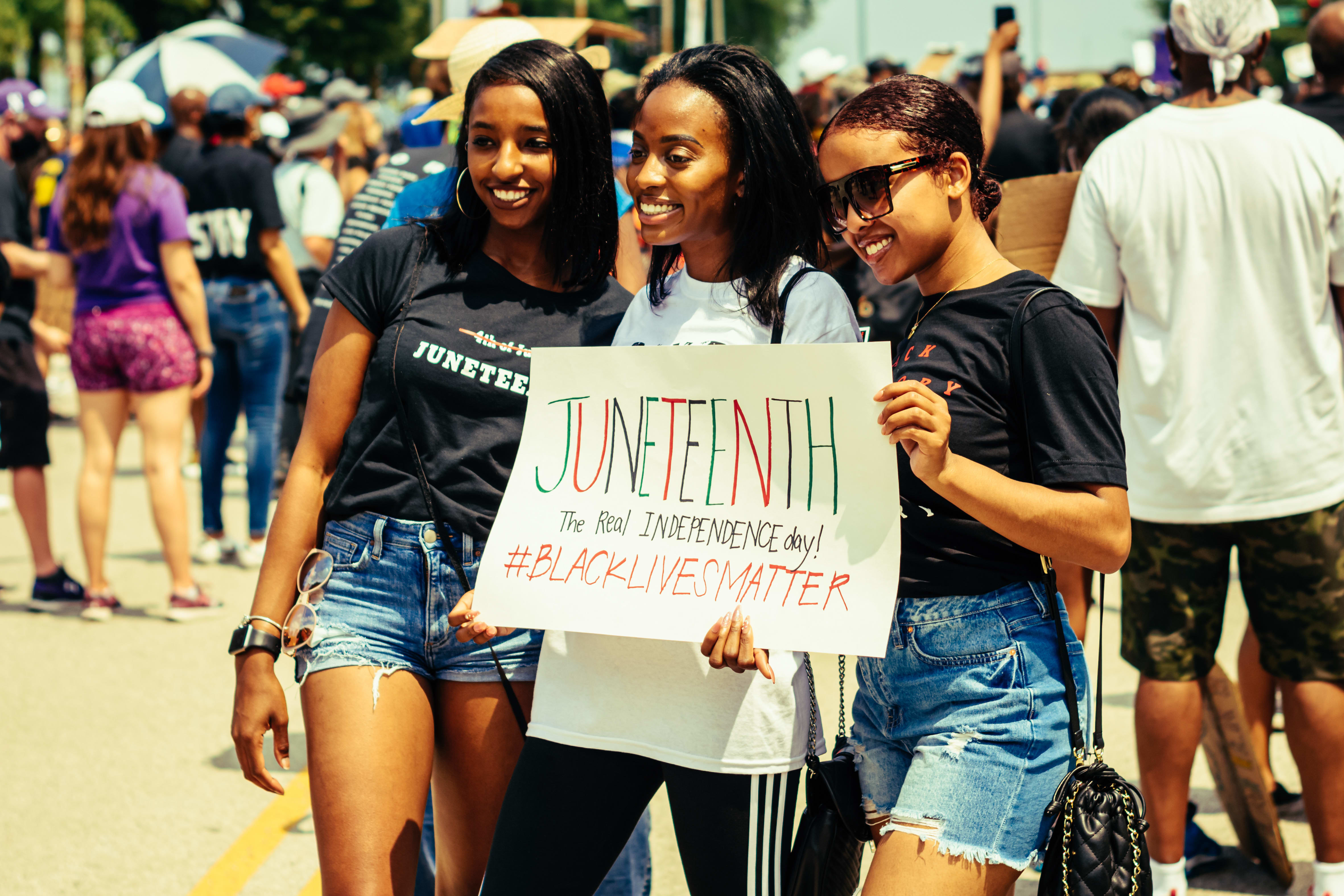Retired Crime Analyst Wanda F. Gilbert on Police Reform and Growing Up in Segregated South Florida
This article is part of the series In Their Own Words, proudly presented by Gulf Coast Community Foundation.

Wanda F. Gilbert
Image: Michael Kinsey
When Wanda F. Gilbert entered law enforcement in Miami at the age of 27, she never thought that more than two decades later she would leave as a whistleblower.
“I get my strength from my mother,” she says. “She always fought for what was right. If I see something wrong, I have to say something.”
Born in Miami in 1953, Gilbert grew up with Jim Crow laws. In Dade County, Ordinance 457 had been in effect for decades, requiring more than 5,000 domestic workers —most of whom were Black—to register with the police, submit to being photographed and fingerprinted, and to carry identification cards.
A graduate of the University of Florida who received her master’s degree from St. Thomas University, Gilbert is also an alum of the Department of Homeland Security’s Crime Intelligence Academy and is a certified instructor for the Florida Department of Law Enforcement. Now 66, she retired to Bradenton in 2012 with her husband Herman.
Who introduced you to the concept of social justice?
“My parents came from courage and faith. My father was a minister and owned a landscaping business; my mother worked as a maid for a county commissioner. She was my role model.
“Due to redlining, the Black community discovered that we were paying higher electric bills than the wealthier neighborhoods, which included my mother’s boss’s neighborhood. My mother risked her position when she joined other activists to change the rules. Ultimately, she earned the respect of her employer and kept her job. This was just one example of my mother’s strength. It was outstanding to watch her stand up for something, no matter the consequences.”
You became a teenager during the turbulent 1960s. What made an indelible imprint on you?
“A couple experiences stand out. First, I attended an all-Black elementary and junior high school until my sophomore year, when I transferred to desegregate Miami Palmetto High, the richest public high school in the area. This did not go over well with the white students, and riots ensued. Finally, two Black University of Miami law students, who I will never forget—Harold Long and Willard Butler—intervened with the school principal.
“However, the end of the rioting did not mean the end of racism. I was often the only Black student, or one of a few, in my honors classes. One semester I was on the newspaper staff with an instructor who did not care for my presence. Selling $100 in ads was a requirement for an A grade, which my father bought to support me. I still received a C, and as a 4.0 student, that stung.
“On another occasion, my teacher told a white girl to say that I hit her. I was sent to the principal’s office, and the first thing I did was call my parents, who advocated for an investigation. The girl finally admitted that she was put up to it, but nothing happened to the teacher and I was moved out of his class.”
What was your first role with the City of Miami Police Department?
“I was hired in 1981 as community involvement specialist, where I partnered with a uniformed officer and served as a liaison between the police department and the community, promoting police/community relations. I was also on the team that instituted the Community Policing Program, the City of Miami’s response to the 1980 McDuffie race riots, during which four officers were acquitted of manslaughter and evidence-tampering charges in the death of Arthur McDuffie, a Black insurance salesman and former Marine who was beaten to death during a traffic stop.
“We were assigned to Overtown, which was called 'Colored Town' during the Jim Crow era. It was a Black community and the No. 1 drug haven in the city. I was shocked during my first community meeting as I listened to the attendees complain that one of the dealers was a police officer—which turned out to be true. The citizens knew the nuances of the neighborhoods, down to the nicknames of the criminals, all of which was helpful to our work.
“The mayor and chief of police were aware that the department needed to improve community relations in Miami, and they were committed to it. We opened the doors to the department for the community to experience everything from ride-alongs to hostage negotiations. The entire police department knew the names and faces of our community partners. After that, we were able to work through discomfort and misunderstandings.”
How did you transition into crime intelligence?
“In the ’90s, I was promoted to crime intelligence analyst within a small special investigations unit of five: one white male supervisor, three Black women and one white woman. It was a good team. Our highly sensitive work included tracking drug dealers, gangs, [working] undercover, and corruption within the department.
“I also worked with investigators on confidential criminal investigations with other departments, such as the FBI, DEA, Alcohol, Tobacco and Firearms, and ICE, as well as the Internal Affairs Division.”
In 2009, you penned a letter to City of Miami Gardens Police Chief Matthew Boyd about your concerns regarding a string of dubious arrests, and the systemic discrimination within the department. After a third memo, you were fired. An eight-year-long legal battle ensued, ending in 2018 with a Miami jury agreeing that you were unjustly fired. Will you share more about that experience?
“It all began with blatant injustice within the department against Black employees—police making unjust arrests to meet a quota that could have netted them 5 percent yearly raises. Chief Boyd gave a directive to stop all Black males between the ages of 15 and 30 years old, but some officers wrote them for boys as young as seven and kids coming from football practice—even riding their bikes home from school. Egregious things were being done, all under the first Black chief of police.
“I was responsible for the [department’s] stats, so I knew what was going on. I had to ask myself, “Where do I stand?” I knew I had a responsibility to get to the bottom of it to protect the community.
“I wanted to get the inappropriate behavior on record, so in October 2009, I wrote to Boyd about my concerns, and subsequently met with him and the city administrators. I was told not to put [my concerns] in writing because they became public record. The proposed solution was ‘just come and tell us.’
“However, I wrote two more memos in July 2010 and December 2011, and was fired after the last one. I saw the lawsuit through for all those years not only for me, but the community as well.”
Demands for police reform are growing louder. What is a key step in achieving a successful outcome?
“One crucial step is creating a national database, which would streamline standards of operation for the approximately 8,500 police departments across the country. It’s important to note that the police receive accreditations for meeting universal standards, and with a national database everyone would be under one accord. This tool would be used to create comprehensive profiles of employees, from reprimands to commendations. It would raise professional standards.
“For example, this system would hold accountable an officer who continually uses excessive force or has a high incidence of discharging their firearm. As it stands now, a bad apple officer can move around to different cities and skirt the system.”
If a friend came to you to break down the term “defund the police,” how would you describe it?
“'Defund the police’ is a term that has been corrupted into a different meaning because of the state of the country right now. To me, it’s a reallocation of resources for real structural accountability and transparency. It’s working in some states—look at New Jersey. Crime went down because the state enlisted community involvement, like we did in Miami, which still has strong community and police ties. No rioting has happened there in years, just peaceful protests.
“Transparency is the No. 1 issue. The push is for accountability for police officers and departments alike. For this to happen, the police chief has to set a cultural standard within the department. Don’t be distracted when you hear [problems] blamed on training—you can train the head, but you can’t train the heart.”
The City of Sarasota received a record number of applicants for its two citizen review panels—the Independent Police Advisory Panel and the Police Complaint Committee. What advice would you give to new members?
“They have a fiduciary responsibility to ensure the restoration of trust and transparency between the police and the community. They must understand that it will be a painful process, because you’re talking about changing a behavior cycle.
“Everyone from the police force to the committees to the community are stakeholders. “One of the first things that should be done is to do away with any quotas [such as tickets or arrests] that are tied to incentives like raises. That encourages bad behavior. It’s also important to reach out into the community for liaisons, like the ones I worked with in Miami. There needs to be more addressing instead of more arresting.
“It’s also important to take a close look at management staff and officers. Does the department reflect the community? Who is doing the hiring, and is that person only hiring people who look like them? Are they hiring friends without doing proper background checks?”
How did you advise your son to interact with the police?
“We had the talk. I told him to remain calm, make sure to mark the time you’ve been pulled over, make note of the officer’s name, badge number and the number on the police car—every car has a number on it. Listen carefully to the officer’s questions and instructions and answer only ‘yes’ or ‘no.’ Do not provide extra information.
“And, of course, absolutely no sudden moves. Tell the officer if you have to reach into the glove box for your identification. Respond with ‘yes, sir’ or ‘no, sir.’ Lastly, never let them search your car. That is your constitutional right. Do these things so you can always make it home.”
How are you feeling about the protest movement in the U.S. and around the world?
“It’s a new day. This is so different from the ’60s and ’70s. It has awakened people. Empathy and understanding of the human condition are at the forefront. No more window-lookers. It’s a calling now. As Rep. John Lewis said, ‘we have a responsibility to get into good trouble.’
“The George Floyd video reminded me of when Emmett Till’s mother [her 14-year-old son was lynched in Mississippi in 1955] made the decision to open Till’s casket so the world could see what was done to her son. It resonated. Sadly, it took George Floyd’s murder to, in the same way, touch the humanity and soul of the country.”
Listening to Black Voices is a series created by Heather Dunhill




